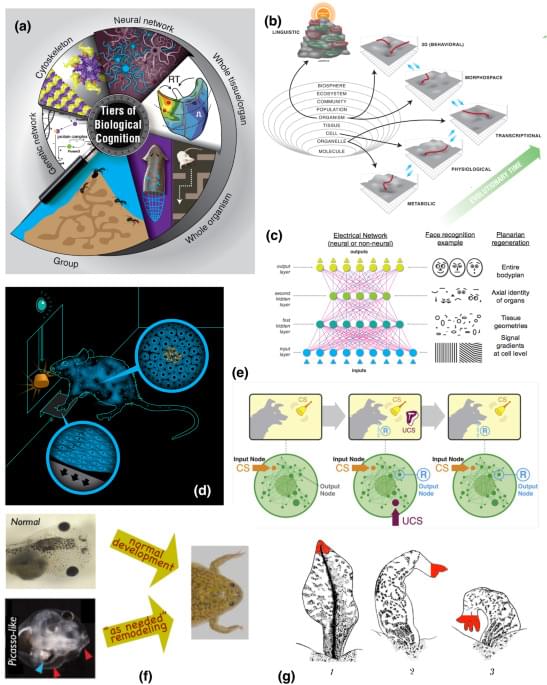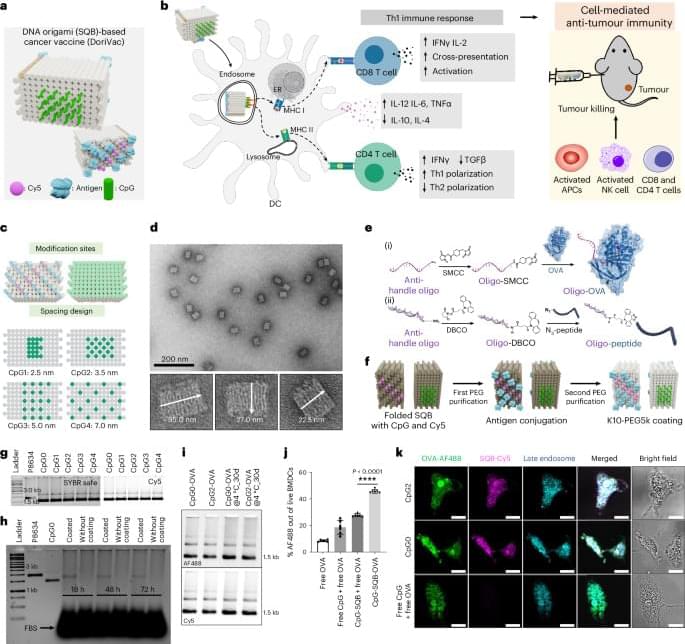Let’s unravel the layers of existence that redefine reality. From Alpha’s linear perception of time to the unfathomable Omega, where every conceivable reality exists. 🌏🔍 Part II of the Higher Dimension series: • \.
Get the latest international news and world events from around the world.

Microsoft and OpenAI reportedly plan to build a $100 billion AI supercomputer called “Stargate”
According to insiders, Microsoft and OpenAI are planning to build a $100 billion supercomputer called “Stargate” to massively accelerate the development of OpenAI’s AI models, The Information reports.
Microsoft and OpenAI executives are forging plans for a data center with a supercomputer made up of millions of specialized server processors to accelerate OpenAI’s AI development, according to three people who took part in confidential talks.
The project, code-named “Stargate,” could cost as much as $100 billion, according to one person who has spoken with OpenAI CEO Sam Altman about it and another who has seen some of Microsoft’s initial cost estimates.
The Anti-Magnetic Mass Extinction
An exploration of the strange mineral bridgmanite, and how it could eventually shut down earth’s magnetosphere in the far future and cause the greatest mass extinction earth has ever known.
My Patreon Page:
/ johnmichaelgodier.
My Event Horizon Channel:
/ eventhorizonshow.
Links:

Mind Machine Interfaces
The ability to link mind and machine has long been the realm of science fiction, but now improvements in our understanding may allow us to network brain to computer in the near future. Companies like Neurolink have begun to explore how to link our neurons to machine, and we’ll explore now such neural interfaces might function and how they might change our lives.
Visit our sponsor, Brilliant: https://brilliant.org/IsaacArthur/
Neurolink Paper, \
Robot Run Government — Should AI Be In Charge?
In the future we will rely ever more on Artificial Intelligence to run our civilization, but what role will AI and computers playing in governing?
Start listening with a 30-day Audible trial and your first audiobook is free. Visit.
http://www.audible.com/isaac or text \.


Fine tuning of CpG spatial distribution with DNA origami for improved cancer vaccination
Congratulations to Yang (Claire) Zeng and her team for their work on DoriVac, a DNA origami vaccine which utilizes precisely spaced CpG oligonucleotides to enhance immunological responses against chosen antigens.
The spacing of ligands presented to cells can have a huge impact on cellular responses. DNA origami is used to block structures to control the distribution of Toll-like receptor ligands and optimize presentation in the activation of dendritic cells in cancer immunotherapy.
